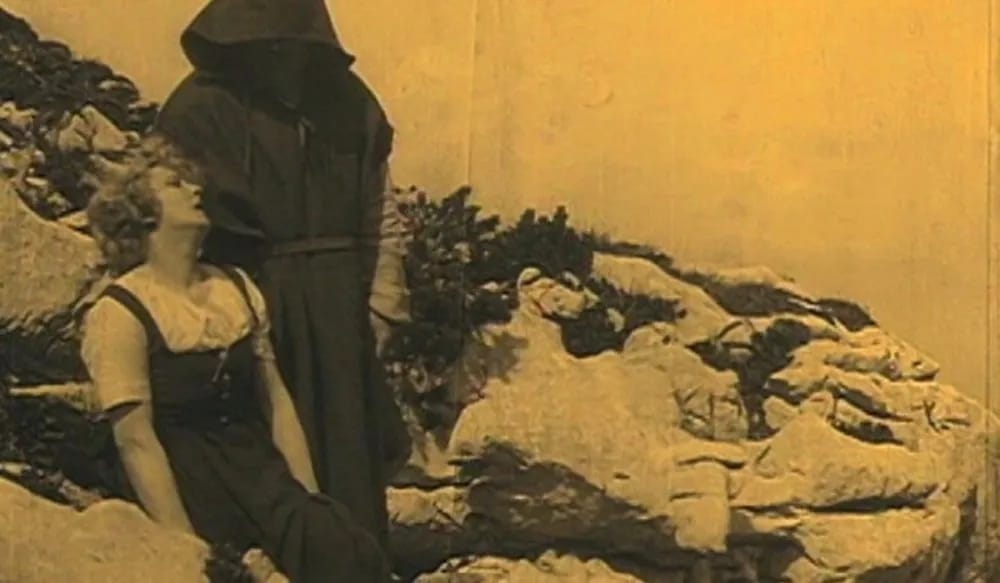Fritz on Fridays: The Wandering Image
The Wandering Image is not a great film. It is an important one, though.

On the first Friday of every month, this column by critic Joshua Polanski will feature a short review or essay on a film directed by Fritz Lang (1890-1976), the great Austrian “Master of Darkness.” Occasionally (but not too occasionally), Fritz on Fridays will also feature interviews and conversations with relevant critics, scholars and filmmakers about Lang’s influence and filmography.
The Wandering Image is not a great film. It is an important one, though. In addition to containing some of the first great imposing and memorable images of Fritz Lang’s career, it is significant in film history simply for marking the first collaboration between Lang and screenwriter Thea von Harbou. The two married shortly after and began a decade-and-a-half of collaborations that would include several of the greatest films ever made and would end with Lang’s emigration (and von Harbou’s Nazi collaboration). The run would include Destiny, Dr. Mabuse the Gambler, both of the Die Nibelungen films, Metropolis, Woman in the Moon, M and The Testament of Dr. Mabuse. Actor Rudolf Klein-Rogge also joined the two for the first time here and would earn a fair share of bread acting in many of the above titles, including as the titular Mabuse.
We almost had no record of this inaugural collaboration, though. In fact, for a long time, we didn’t. A few of Lang’s early films are scattered in the ashes of history, and if it weren’t for some luck and the South American release, this early artistic exercise would also be gone. A silent picture released in 1920, The Wandering Image was considered a lost film until it showed up in Brazil in the 1980s. To this day, it remains one of the hardest Lang films to find although it is legally in the public domain; many versions in circulation lack English subtitles or, for some reason, about 15 minutes of the running time. By my understanding, the hour-long version is already a truncated incarnation, edited for the original Brazilian release and missing quite a bit from the original German version, so the 45-minute cut approaches the unwatchable zone.
Continue reading at the Midwest Film Journal.